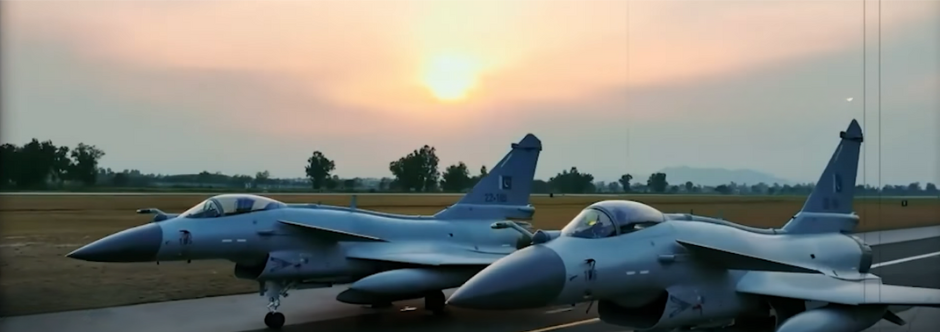A Shocking Revelation: USAID Under Fire
It started with a tweet. Someone tweeted that USAID was the largest international terrorist organization in history. Elon Musk, the owner of X (formerly Twitter), silently approved with a simple arrow emoji—an unmistakable sign of agreement.
Then, Musk went further. He compared USAID to a rotten apple full of worms in another tweet. His words were sharp: “If one worm is found in an apple, you can remove it. But if the entire apple is filled with worms, you throw it away.” To Musk, USAID was beyond repair—a corrupt system that needed to be shut down completely.
His words echoed those of former President Donald Trump, whose administration has already begun dismantling USAID as part of a larger effort to reduce America’s financial losses. The move is not just about reducing government spending; it is about reclaiming control over U.S. foreign policy.
Trump’s War on USAID: A Battle for Control
Inside Washington, tensions are reaching a boiling point. Trump is determined to shake up government institutions, realign foreign policies, and eliminate organizations that, in his view, are no longer serving American interests.
USAID has become his first major target. The administration debated shutting it down entirely or placing it under the control of the State Department. Either way, the days of USAID operating as an independent entity seem numbered.
For decades, USAID has been funneling billions into foreign aid programs—$40 billion annually—but questions remain about where all that money is going. In Africa alone, $520 million was invested in “development projects,” while another $1.2 billion mysteriously disappeared into untraceable hands.
To uncover the truth, the Department of Government Efficiency (DOGE), a new oversight body formed under Musk’s influence, raided USAID’s headquarters. The result? Massive resistance from USAID staff, two senior officials were placed on forced leave, and over 100 employees were suspended. The agency is in crisis.
The Dark Side of USAID: A Political Puppet?
Elon Musk didn’t stop at financial mismanagement; he exposed something even more sinister.
In his latest webinar, Musk alleged that USAID was a front for political manipulation. He claimed that USAID had been actively funding opposition groups, bribing elites, and even helping orchestrate regime changes across the world.
Countries like Cuba, Nicaragua, Honduras, Venezuela, Costa Rica, and Chile had all been targeted. USAID funds, instead of helping struggling populations, were allegedly used to topple governments that didn’t align with American interests.
The organization had close ties to groups like the National Endowment for Democracy (NED) and the International Republican Institute (IRI), both of which had powerful U.S. politicians on their boards. According to Musk, these connections raise serious concerns about conflicts of interest and personal financial gains.
Musk went as far as calling the NED “a highly corrupt institution” and an extension of the CIA.
The Missing Billions: Ukraine and Beyond
The controversy didn’t stop at political interference. There were growing concerns about unaccounted-for funds in war-torn regions like Ukraine.
Since Russia invaded Ukraine in February 2022, the U.S. has funneled a staggering $200 billion into the country. But when Ukrainian President Zelensky was asked about it, he shockingly admitted:
“As President, I can say with responsibility that Ukraine has received only $75 billion in cash and weapons.”
The question loomed: Where did the remaining $125 billion go?
The story was eerily similar to what had happened in Afghanistan. When the Special Inspector General for Afghanistan Reconstruction (SIGAR) investigated USAID’s projects, it found major financial discrepancies but was denied access to key records.
Now, similar patterns are emerging in Pakistan, particularly in the wake of the devastating 2022 floods.
Pakistan’s USAID Mystery: Where Did the Money Go?
In 2022, Pakistan suffered one of the worst floods in its history. The damage was catastrophic, and international donors pledged over $1.4 billion in aid. The funds came from the World Bank, IMF, Asian Development Bank, USAID, and the Islamic Development Bank.
However, only $600-$700 million actually reached Pakistan. And most of it was funneled into Sindh, a province notorious for political corruption.
The United Nations even sent its Secretary-General to visit Pakistan and inspect the disaster areas. When he arrived, he was taken to Mohenjo-Daro, an ancient archaeological site that had supposedly suffered flood damage.
To his surprise, the site looked untouched. Confused, he kept asking:
“Where is the flood damage?”
His Pakistani hosts awkwardly responded, “We are talking about potential damage, not actual damage.”
Even the relief camps set up for flood victims appeared staged. As soon as the UN team left, the camps were dismantled, revealing an elaborate deception.
Meanwhile, USAID had pumped $200 million into Pakistan’s flood relief efforts, but there was no trace of how it was spent.
Conclusion: The End of USAID as We Know It?
This was not the first time USAID had been accused of financial and political corruption.
A 2009 report by the Canadian Center for International Strategic Studies found that USAID and the Pentagon had poured billions into Pakistan with zero accountability. The report’s title was chilling:
“How USAID Funded Corruption in Pakistan.”
Between 2002 and 2008, USAID had allegedly given $2.3 billion to Pakistan in the name of counter-terrorism support—without any record of how it was spent.
Trump and Musk’s latest revelations suggested that USAID was not just a mismanaged aid organization but a deeply flawed institution entangled in political agendas, covert operations, and financial scandals.
Now, with Trump back in power and Musk pushing for full financial transparency, USAID and other global institutions like the IMF, World Bank, and UN agencies are under serious scrutiny.
The question remains: Is this the end of USAID, or will it find a way to survive once again?



Leave a Reply